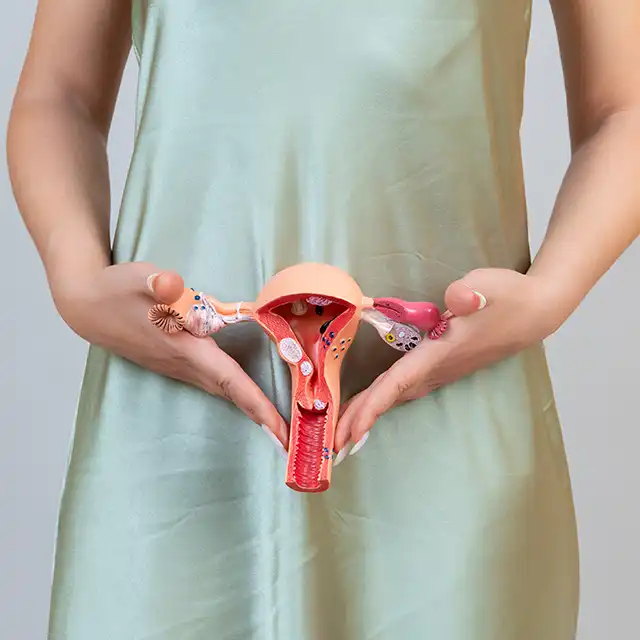
Hair loss (alopecia) can be partial or complete, permanent or temporary, and can be only on the head or across the body. The condition usually progresses gradually and is mostly caused due to heredity, hormonal changes, or due to underlying medical conditions and/or their treatment.
How to identify
Hair loss can be identified by losing hairs in clumps with or without thinning of hair on the scalp or development of bald patches, both in males and females, but it is more common in men. Usually, losing 50-100 hair from the scalp is normal, but this can get accelerated due to several factors.
Causes
The causes of hair loss can vary widely from person to person and there are often multiple underlying issues that cause its manifestation. Some of these factors are:
- Hereditary dormancy from either the father’s or mother’s family
- Tick or lice infestation causing itching and burning of the scalp
- Illnesses such as anemia due to low intake of iron or thyroid dysfunction
- Dandruff or other scalp infections (fungal)
- Due to eating disorders such as anorexia, bulimia or protein deficit in diet
- Use of medication such as blood thinners, birth control pills, vitamin A supplements
- Due to lifestyle issues such as stress, hair cosmetics, vigorous grooming
Diagnosis and prevention
A dermatologist or general practitioner can usually diagnose and treat your hair loss by asking for your medical history, family history or looking at the condition of your scalp. Mostly, hair loss due to an ongoing medical condition is temporary and the hair will grow back by itself, once recovery starts, but in other cases medical interventions might be required.
Treatment
Most cases of baldness or hair loss are genetic and therefore are not treatable, but there are some remedies to prevent, treat or delay the loss of hair. Some of these are listed below:
- Finasteride is a prescription medication used to treat hair loss in men. It cannot be used by women or children.
- Minoxidil is an over-the-counter medication used to treat pattern hair loss and can be used by both males and females.
- Procedures such as hair transplants, scalp reduction and expansion and wigs can be used to treat hair loss.
Apart from the above remedies, medical health professionals can provide counselling to boost confidence of people who are distressed or upset due to hair loss. It can be a strong tool to help one feel accepted and happy.
Sources

















